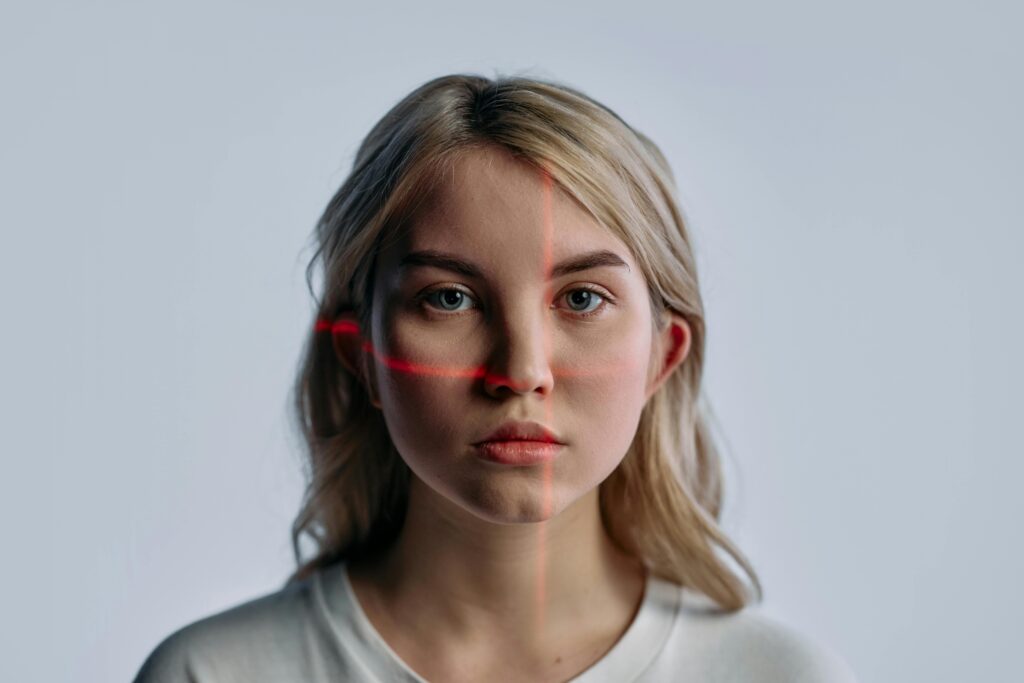Fraud Article
Fraud projections for 2024
What does 2024 have in store for the world of fraud prevention? We predict more sophisticated AI attacks, the need for a holistic approach to combat a multitudinous fraud threat, and a big year for biometrics.

As our 2024 Fraud Report demonstrates, fraudsters are highly adaptable, seeking to exploit the latest technology to support their criminal behavior. We can expect this to continue in 2024, with a particular focus on generative AI. Here are some more projections for 2024:
1. AI is no passing trend
The threat of AI is only going to increase through 2024. One danger is the combination of generative AI with mass data breaches. Imagine if a fraudster could gain access to thousands of different IDs, generate a random face that matches the characteristics of a person’s name, and place it on a document of their choosing. With AI, there’s little work involved: it’s just a matter of setting up the program and buying some credentials.
How can we counter such threats? Veriff’s software development kits (SDKs) are secure and robust by nature, because we can control their interactions, making it difficult for fraudsters to digitally inject media into the stream. In effect, we build a hard wrapper around our system, ensuring that content that’s captured or uploaded is valid.
Our Senior Director of Fraud Prevention and Experience here at Veriff, David Divitt explained: “We face the risk of mass attacks: even if a fraudster fails 99% of the time with their fake IDs, a 1% success rate is a good return if they’re able to easily create an attack. Fortunately, we have the tools to keep our customers safe from this threat.”
Learn more about the threat of AI here.
2. A global threat requires a holistic approach
The fraud landscape is complex and nuanced – the types of fraud, and the tactics and tools used by fraudsters, differ from country to country just as they differ from industry to industry.
Why is this? The answer is simple: fraudsters are opportunistic and, thanks to advances in technology, machine learning, and artificial intelligence (AI), they have a lot of tools at their disposal. They do not know which tactic will work when they attack a certain target and so they try multiple methods. When they find a vulnerability they keep going until they are stopped.
Veriff’s RiskScore is a major step towards battling online fraud. Essentially, Veriff analyzes the user’s document, face biometrics, device, and network along with previous fraud patterns to deliver industry-leading fraud assessment and protection.
We then put it all into a single, consumable risk score that a customer can use to easily judge the potential risk or fine tune their mitigation strategies.
Of course, this is just one tool in the customer’s armory. They can take our RiskScore and combine it with their own risk information – how a user is accessing a service, for instance, the other services they use, or their history as a customer.
This lets them make an even more informed decision. But with RiskScore, they have a digestible piece of data that they can use to supercharge their decision-making.
Similarly, our crosslinking approach – where we cross link multiple pieces of information to derive new insights – means we can group together verifications with similar data points, helping us to identify fraudsters who might use multiple fake identities on different occasions.
This capability has deepened and expanded, and will continue to do so in 2024. We have long been capable of identifying a document that shows up on multiple occasions with the same customer, or the same biometrics, IP address, or device characteristics. But now we can look cross-customer, within the same industry vertical: for example, looking to see if the same fraudster has been working across our financial services customers.
This is effective because fraudsters will always try to reuse their tools and tactics across multiple organizations.
Even as they turn to machine learning, AI, and deepfakes, they will reuse credentials, templates, and faces. Our Industry CrossLinks capability stops them in their tracks.
3. The end of passwords and KBA?
Technology is the key to beating fraudsters, enabling you to adapt and evolve to overcome crime. And biometric authentication is one of the most vital tools available.
With biometric authentication, you can confirm that a returning user is who they claim to be, helping to mitigate account takeover, identity theft, and other fraudulent activities in a way that knowledge-based authentication (KBA) could never achieve.
So how does it work?
- Our system asks the user for a selfie, replacing knowledge-based authentication, one-time passwords, and email authentication.
- The technology quickly checks the selfie for realness and liveness in real time.
- We compare the selfie to a previously verified face.
- Veriff sends the user back to your platform and gives you the authentication decision – in just one second.
This system is faster, more seamless and far more accurate than KBA, and that is because Veriff has a team of subject matter experts who work on verification and fraud patterns, ensuring that as the AI models behind our biometric authentication system are trained they focus on the correct targets in the right way. By adopting human feedback into the machine learning and artificial intelligence, we can ensure that our next-gen AI systems are learning and evolving properly.

DOWNLOAD REPORT NOW
To discover more about how to prepare your business for the fight against fraud in 2024, download our exclusive 2024 Fraud Report.














